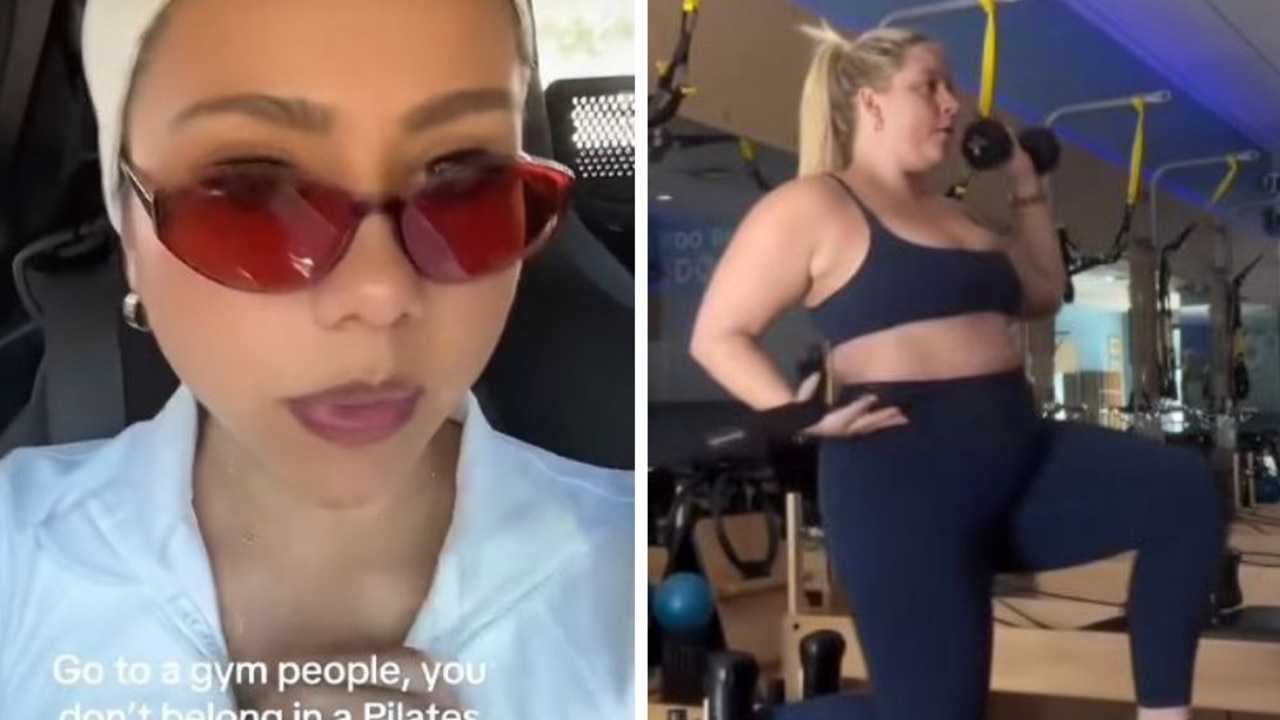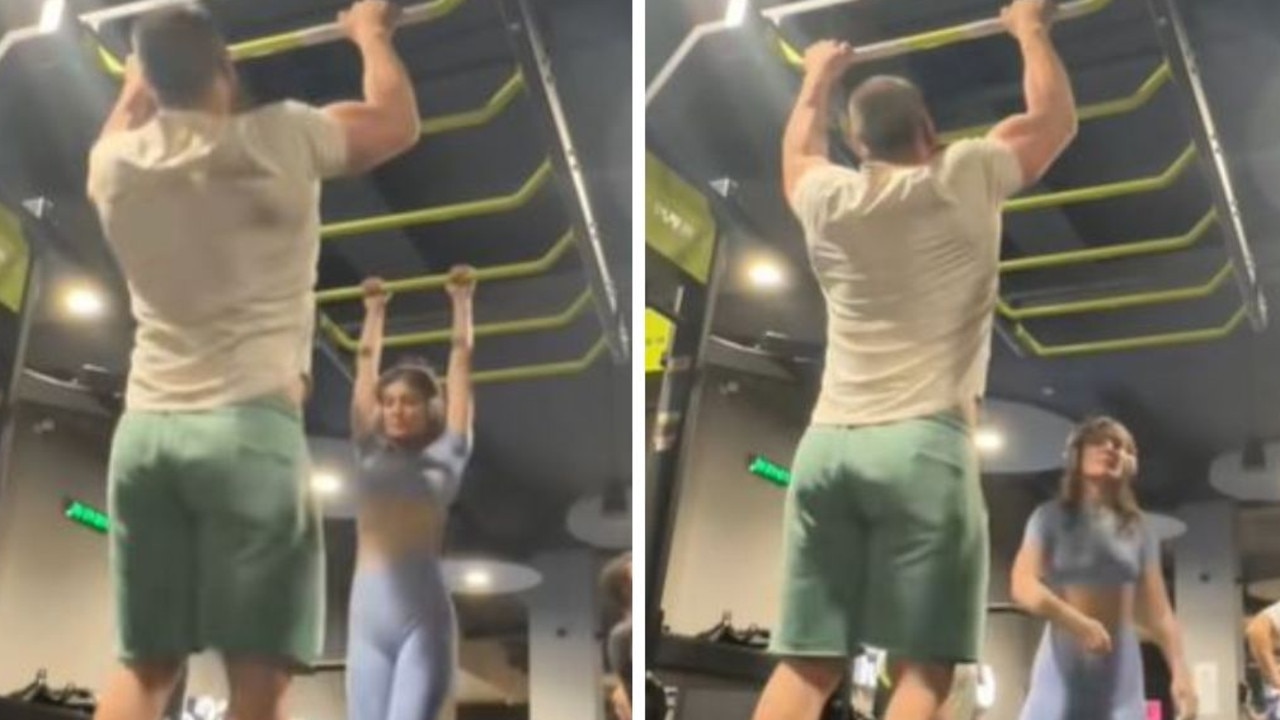Health and exercise: Your ultimate fitness FAQ guide
From what trainers you need to what time you should eat, here’s everything you need to know to smash your fitness goals this year.

From what trainers you need to what time you should eat, here’s everything you need to know to smash your goals this year.
MEET OUR EXPERTS
MICHELLE BRIDGES
b+s fitness expert
VICTORIA BURDON
Exercise scientist and head trainer at Zova
PAUL PENNA
Sports psychologist at Focus Performance Psychology
KUSAL GOONEWARDENA
Physiotherapist at Elite Akademy
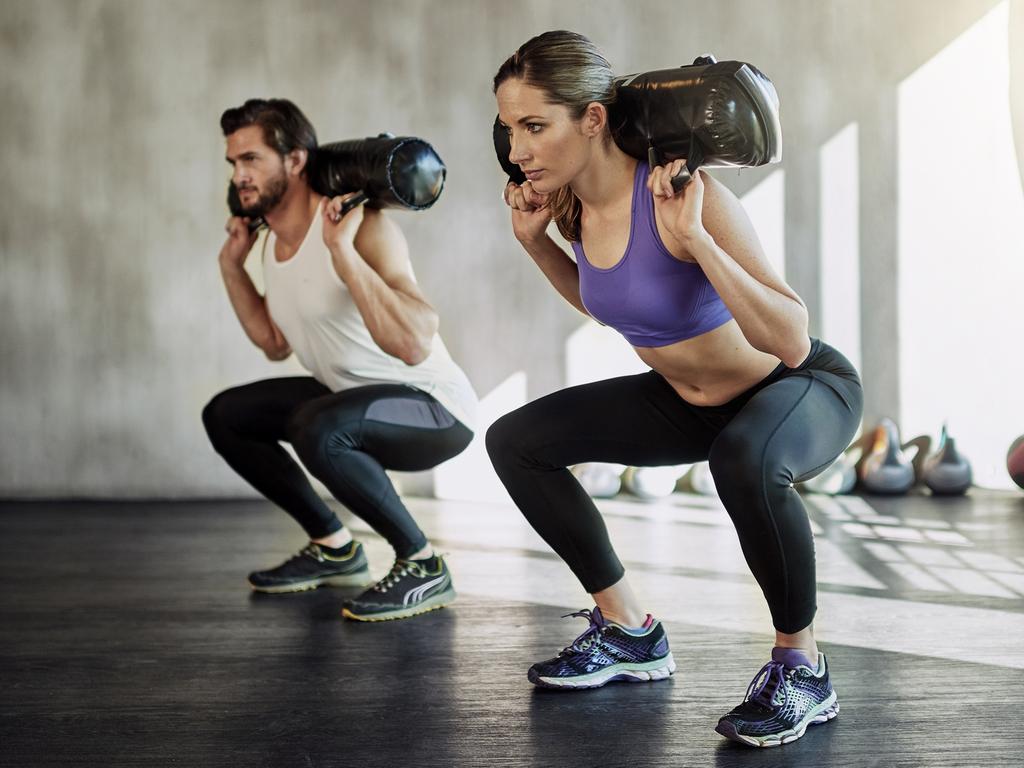
Q I have a bad back. what workouts can I do?
Water activities are very safe because your body weight is reduced by 70 per cent. As a result, your muscles, joints and nerves are able to work a lot more easily and this enables you to work your heart and lungs while allowing the rest of your body to recover. If you don’t have access to a pool, Pilates is also a good option, because it strengthens your core and posture — and when these things are working properly, everything else falls into place. KG
Q How I can make the most of HIIT sessions?
Don’t overtrain! HIIT is intense and your body needs adequate time to recover.
If you’re not taking enough time between training sessions, not getting enough sleep or not fuelling yourself properly, you’ll enter the overtraining arena — and that’s where results go to die.
Yes, HIIT is indeed based on that ‘go hard or go home’ mentality, but if you don’t actually go home and rest, you won’t see any changes. MB
Q Should I wear different trainers for weightlifting and running?
Some shoes are made for both, but it depends on the specific type of training you’re doing. If you’re running over long distances, you’ll need a running specific pair, but if you’re doing sprints or shorter distances, like a 5km route, you can lift in them without a problem. Running shoes are designed with more cushioning and support, while lifting shoes should be flat and grippy, so choose the style that best suits the type of training you do in your regular regimen. VB
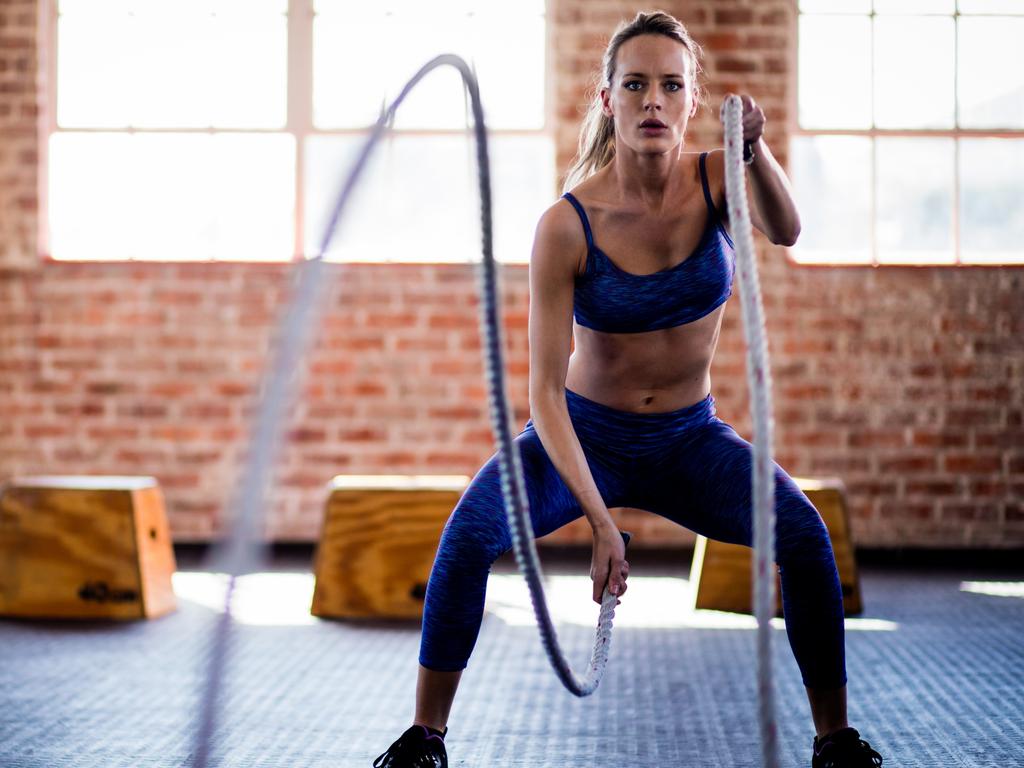
Q How do I use a foam roller correctly?
Foam rolling is great because it allows you to self-massage, but it’s important to do it in the right way. Here’s how...
Keep breathing: many people hold their breath but this tenses up your muscles.
Keep your breath steady to stay relaxed.
Press firmly: spending 15 seconds lightly rolling your muscles isn’t effective. You need to make sure you feel slight, tolerable discomfort in your target areas.
Be consistent: dedicate two to three minutes on each of the major muscle groups (such as the upper back, glutes, shoulders, hamstrings and calves). This way, you’ll have a wonderful release and keep everything super-loose. KG
Q What’s the best way to blast belly fat?
It all comes down to your diet. Reduce your overall kilojoule intake, limit the amount of processed foods, sugar and alcohol you consume, and eat more fruit and vegetables. Having too much stress in your life can also cause you to hold on to more belly fat, so be sure to take time out to unwind every day.
Although most people think crunches are the best way to score abs, holding moves like planks are much more effective because they work your entire core. It’s important to remember that ab exercises alone won’t give you a six-pack — only a clean diet will. VB
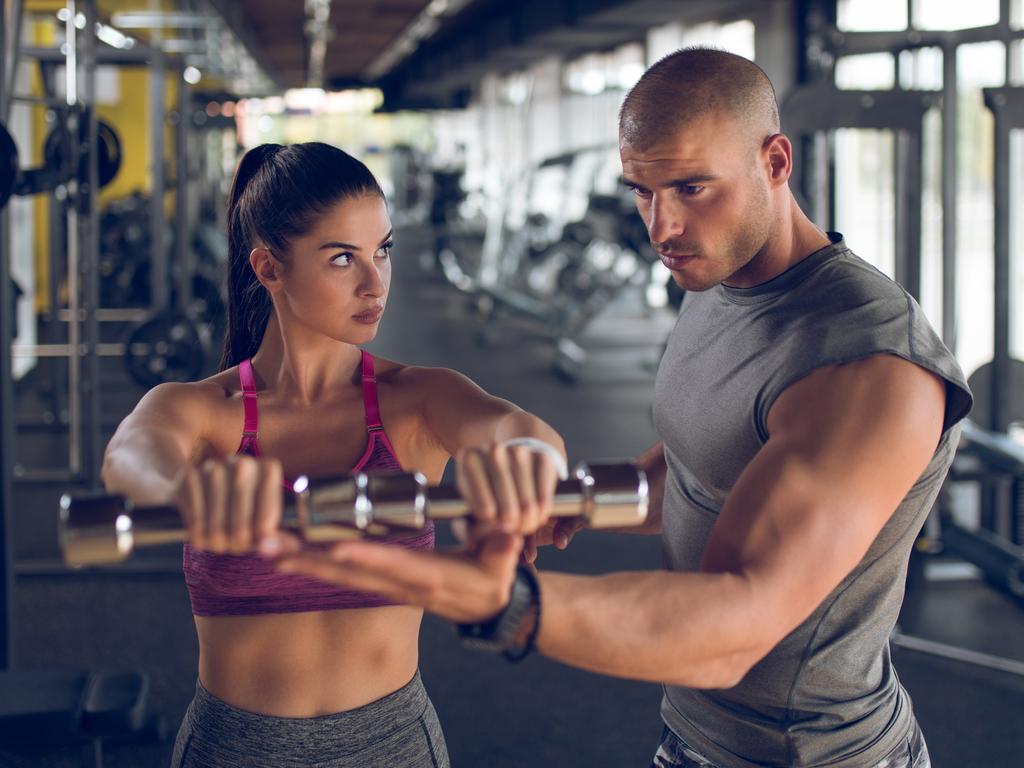
Q How can I avoid blowouts?
Lose the ‘all or nothing’ mentality. If you set limiting rules for yourself, you’ll be more likely to break them in a big way. Planning to have three serves of carbs during the week is far better than planning to have none because by not allowing yourself to have any, you’re immediately setting yourself up for failure. The minute you eat a piece of bread you’ll think you’ve blown it, so you’ll be more tempted to follow it with pizza, pasta and potato salad. There has to be balance for there to be longevity. It’s far better to have one slice of pizza two times a week than to have two large pizzas just because you slipped up once. PP
Q Do I really need to stretch every day?
Yes. Your spine loves to move in all different directions, but most adults tend to only move forwards and backwards, and this can cause issues in the lower back, hips and knees, and can even cause headaches.
To prevent this, I recommend you perform arm swings and side stretches every day.
For the arm swings, stand up straight and swing your arms from side to side so that you’re getting a nice spinal rotation.
For the side stretch, stand with your knees slightly apart, then slide your arm down towards your knee and curve the opposite arm over your head. Do each of these exercises 20 times. It’ll take around 30 seconds and you’ll keep your spine in good shape, which will keep your other muscles working well, too. KG
Q Should I eat before or after my workout?
It depends on what time of the day you work out and how your body reacts. If you’re aiming to lift heavy weights on an empty stomach, you’ll be limited because you won’t have any glucose in your blood to use for fuel. But if you’re doing cardio early in the morning, you might feel better eating after your session. If you ever feel light-headed or nauseous during your workout, it’s best to eat something small that’s digested quickly, like half a banana or a handful of oats. VB
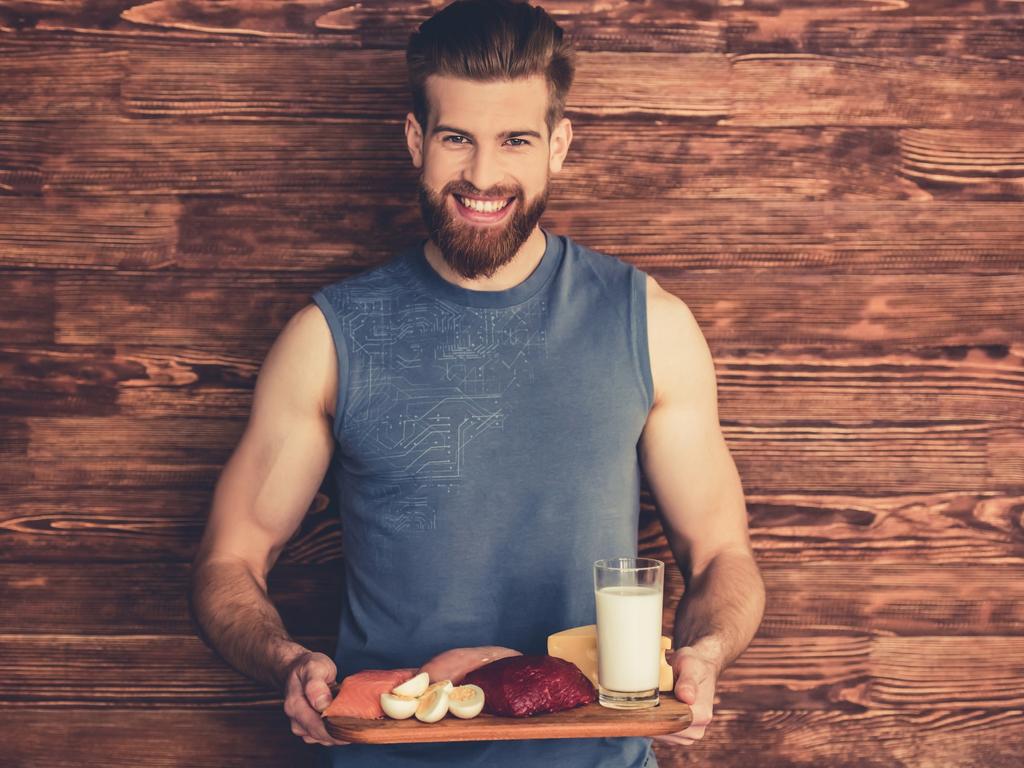
Q Is cardio fitness or strength training more important?
They’re both important. Strength training helps maintain your bone density (which is especially important as you age) and it also helps to build and maintain muscle mass. Cardio work keeps your engine burning efficiently so you can make the most of your muscle strength and bone density.
You need to do both to ensure you get the best of both worlds. If you’re short on time, do a workout that targets both, such as lifting heavy weights. This will improve your muscle strength and bone density while also challenging your cardio fitness. MB
Q How can I maintain my motivation?
“Spend a bit of time working out what’s important to you. If you don’t know why you want to run that half-marathon in a certain amount of time, chances are you’ll find it harder to overcome obstacles and distractions.
It’s also important to have realistic goals and set realistic timelines for yourself. You need to be flexible and account for things like injuries, and good days and bad days. Goals need to be liveable so you can adapt them to your life.” PP
Q Is it possible to spot reduce?
Although you can’t choose where you lose fat from, you can still change how your body looks. It’s not about zapping fat — it’s about building muscle to give certain areas more definition and shape. If you don’t have any muscle in your arms, they’ll still look flabby even after you lose weight. Build up your arm muscles, though, and they’ll appear toned regardless of whether you shed a few kilos. VB
Originally published as Health and exercise: Your ultimate fitness FAQ guide

